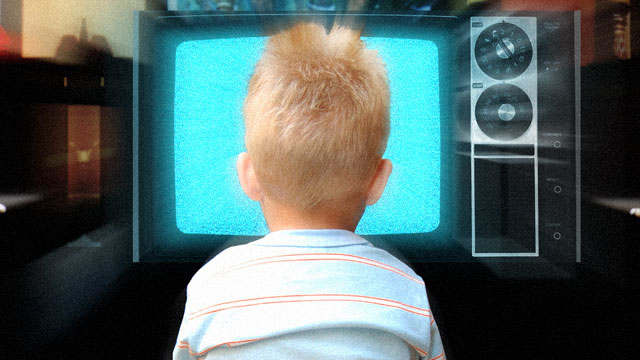
Some new drugs sell themselves with impressive safety and efficacy data. For others, well, there are television commercials.
According to a new study, a little over 70 percent of prescription drugs advertised on television were rated as having "low therapeutic value," meaning they offer little benefit compared with drugs already on the market. The study, appearing in JAMA Open Network, aligns with longstanding skepticism that heavily promoted drugs have high therapeutic value.
"One explanation might be that drugs with substantial therapeutic value are likely to be recognized and prescribed without advertising, so manufacturers have greater incentive to promote drugs of lesser value," said the authors, which include researchers at Harvard, Yale, and Dartmouth.
The US is one of only two countries that allows direct-to-consumer (DTC) drug advertisements, such as TV commercials. (The other is New Zealand.) Physicians, medical associations, and consumer advocates have long railed against the unusual practice. In 2006, consumer advocacy group Public Citizen summarized DTC advertising as "nothing less than an end-run around the doctor-patient relationship—an attempt to turn patients into the agents of pharmaceutical companies as they pressure physicians for medications they may not need."
In 2015, the American Medical Association called for an all-out ban on DTC ads for prescription drugs and medical devices. AMA members said the ads were "driving demand for expensive treatments despite the clinical effectiveness of less costly alternatives."
But DTC drug ads have continued, fueled by billions of dollars from the pharmaceutical industry.
Benefit not added
For the new study, researchers led by Aaron Kesselheim, who leads Harvard's Program On Regulation, Therapeutics, And Law (PORTAL), looked at monthly lists of the top-advertised drugs on TV in the US between 2015 and 2021.
They also looked up therapeutic value ratings for those drugs from independent health assessment agencies in Canada, France, and Germany. The value ratings were based on drugs’ therapeutic benefit, safety profile, and strength of evidence, as compared with existing drugs. Any drug rated "moderate" or above was classified as a "high value" drug for the study. For drugs with multiple ratings, the study authors used the most favorable rating, which they note could overestimate the proportion of higher-benefit drugs.
Of the top advertised drugs, 73 had at least one value rating. Collectively, pharmaceutical companies spent $22.3 billion on advertising for those 73 drugs between 2015 and 2021. Even with the generous ratings, 53 of the 73 drugs (roughly 73 percent) were categorized as low-benefit. Collectively, these low-benefit drugs accounted for $15.9 billion of the ad spending. The top three low-benefit drugs by dollar amount were Dulaglutide (type 2 diabetes), Varenicline (smoking cessation), and Tofacitinib (rheumatoid arthritis).
The outlook for change is bleak, the authors note. "Policy makers and regulators could consider limiting direct-to-consumer advertising to drugs with high therapeutic or public health value or requiring standardized disclosure of comparative effectiveness and safety data," Kesselheim and his colleagues concluded, "but policy changes would likely require industry cooperation or face constitutional challenge."